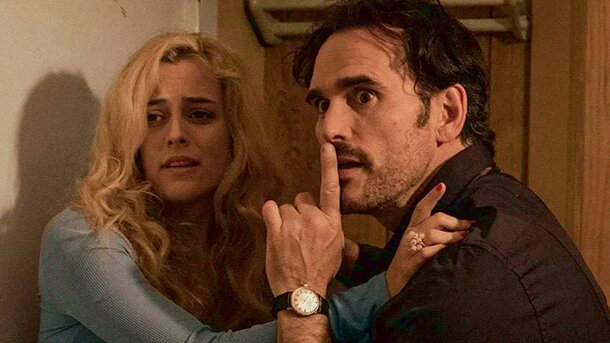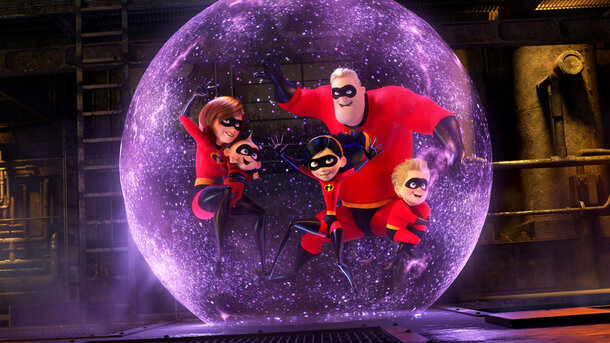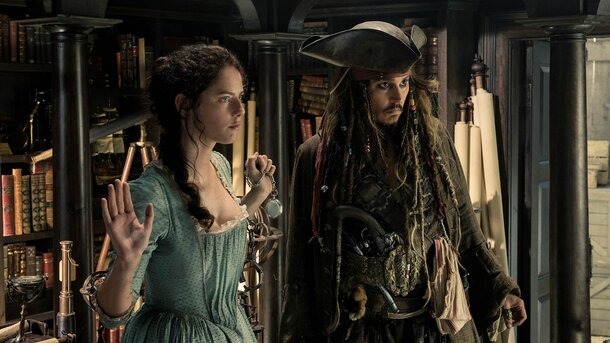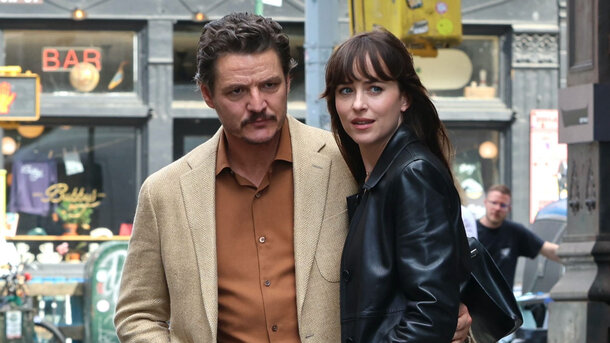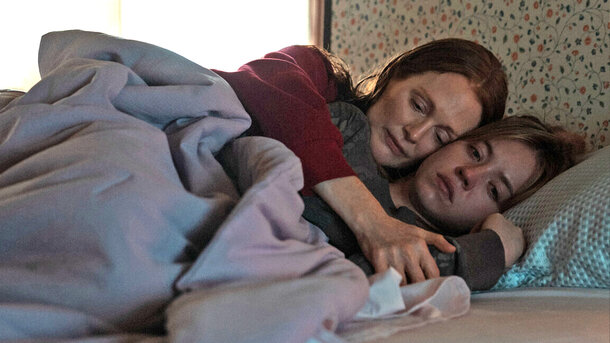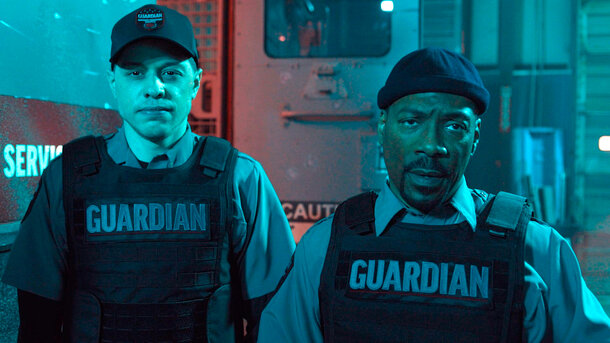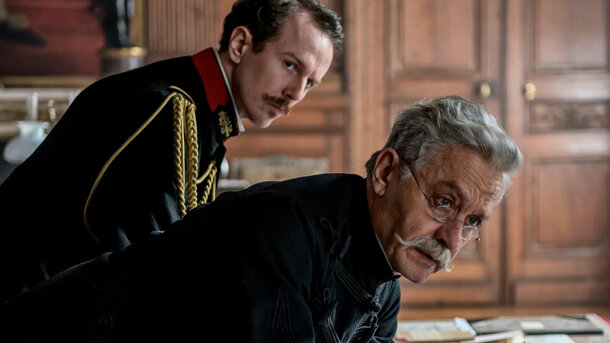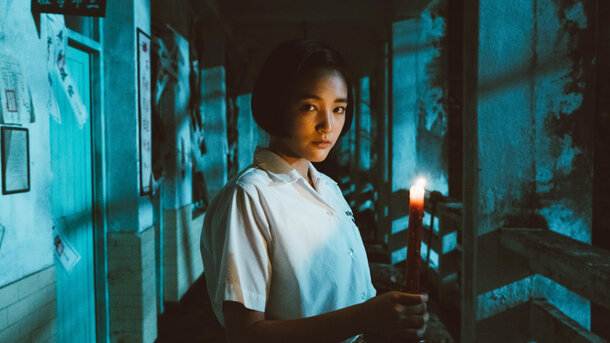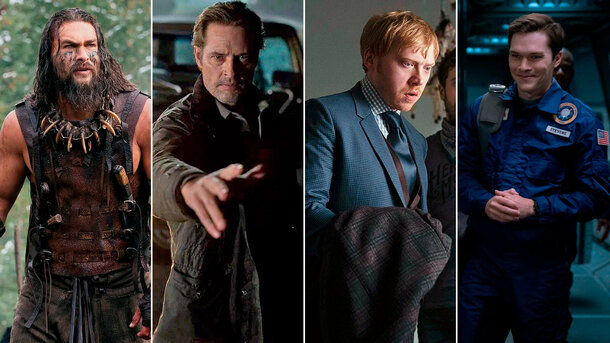I’ve seen my share of films that rattle the nerves, but The House That Jack Built didn’t just rattle mine — it unpacked them brick by brick and handed them back to me like an art project gone rogue. Lars von Trier’s controversial, cerebral, and unapologetically macabre tale isn’t for the faint-hearted. But if you're up for something audacious, you’re in for a ride that’s as philosophically daring as it is grotesque.
A Serial Killer’s Mind as a Living Gallery
The plot? It's deceptively simple. Jack (played with unnerving brilliance by Matt Dillon) is a highly intelligent serial killer recounting five “incidents” over 12 years. He narrates his descent to a mysterious figure named Verge (a gravitas-heavy Bruno Ganz), whose role gradually takes on allegorical weight. But the story isn’t really about murders — it’s about the architecture of evil, the illusion of control, and the grotesque overlap between art and atrocity.
Each chapter is crafted like a twisted fable — one moment it’s darkly comedic, the next, stomach-churning. Uma Thurman’s opening sequence as a chatty, clueless motorist is a masterclass in tension. Riley Keough’s chapter? Genuinely unsettling. And through it all, Jack builds his “house” — both literal and psychological.
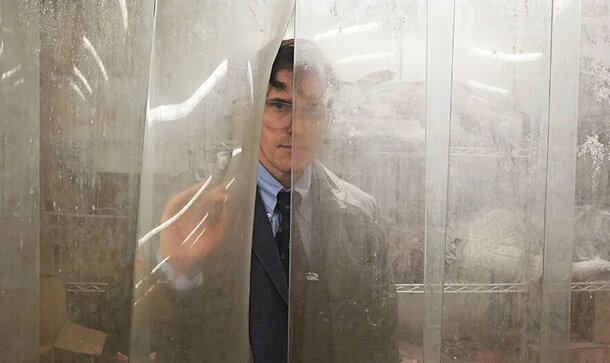
Von Trier’s Signature: Provocative, Philosophical, Polarising
Only Lars von Trier would dare compare serial killing to artistic expression while dropping references to Glenn Gould, Dante’s Inferno, and thermodynamic entropy in the same breath. He’s not telling a story — he’s daring us to watch one unfold, while quietly asking: are we complicit just by being the audience?
Stylistically, the film is erratic and bold — static shots, inserted archive footage, meta-breaks, and sudden tonal shifts. It's cinema as provocation, less about coherence and more about confrontation.
Dillon Dives Deep into the Abyss
Matt Dillon’s portrayal of Jack is disturbingly hypnotic. He’s sardonic, intellectual, cold — yet maddeningly human. Dillon pulls us into the mind of a monster without ever asking for empathy. Bruno Ganz’s presence adds a layer of mythic gravitas, serving as a kind of cryptic conscience. Their dialogues feel like watching two philosophers arguing in hell, which — spoiler-free — might be truer than it seems.
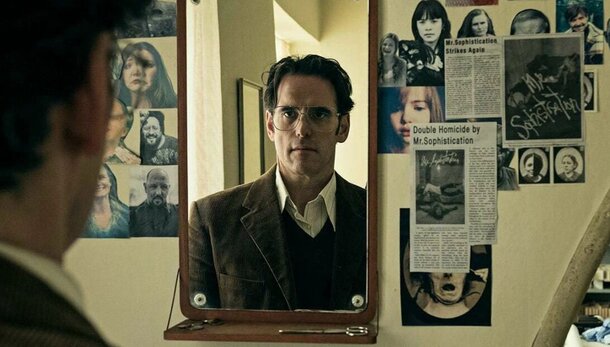
Sound, Structure, and Shattered Expectations
The score moves from serene classical pieces to jarring silences, enhancing the disquieting mood. Cinematography strays from clinical to abstract, but always serves the larger idea: beauty can be horrifying. The final act — set in the deepest pits of metaphor — is either overindulgent or brilliant, depending on your tolerance for von Trier’s brand of intellectual chaos.
Audience Reactions: USA vs. UK
In the USA, the film was divisive. Some walked out during its Cannes premiere; others hailed it as von Trier’s return to form. Critics were split — some accused it of glorifying violence, while others praised its philosophical ambition.
In the UK, reactions were more restrained but equally divided. British cinephiles leaned into its art-house ambition, drawing comparisons to Kubrick’s A Clockwork Orange and Haneke’s Funny Games. Late-night cinema discussions in London theatres turned the film into a kind of philosophical dare — “could you stomach the final scene?”
Final Verdict
This isn’t popcorn cinema. It’s a blood-streaked mirror held up to our own voyeurism. Some will call it grotesque, others genius. For me, it was like watching a dissertation written in blood — repulsive, fascinating, and impossible to forget.verified.
